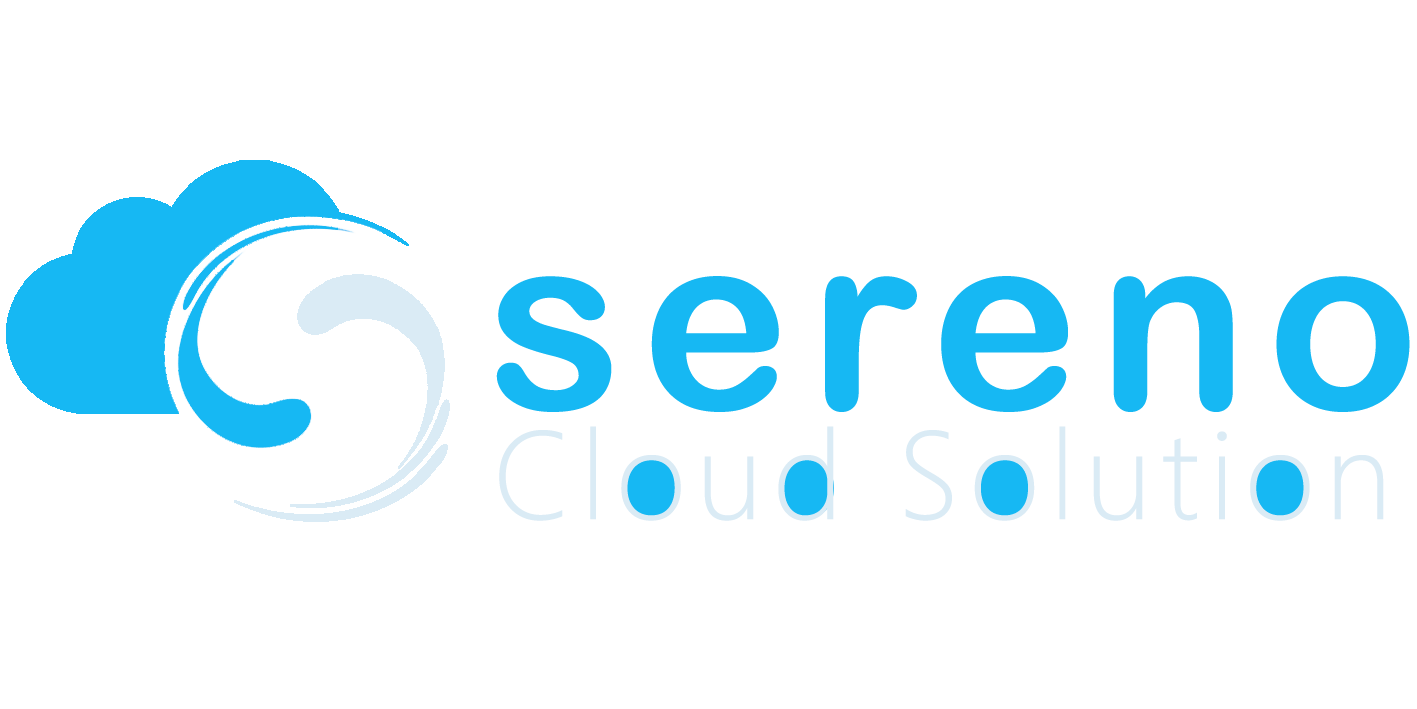Cloud Services Types
Infrastructure as a Service (IaaS)
Servers, software, and operating systems are examples of infrastructure. Infrastructure as a Service (IaaS) simply refers to the distribution of various infrastructure elements over the internet or through the cloud. IaaS is an on-demand service that allows consumers to avoid purchasing software or servers by renting them from a third-party source. For many businesses getting started in the cloud, IaaS is one of the most prevalent uses of Microsoft Azure.
Platform as a Service (PaaS)
In contrast to IaaS, which is used to deploy existing software, Platform as a Service (PaaS) is a cloud computing service that is used to create software that can be distributed over the internet. PaaS is primarily for software developers since it allows them to develop and test web-based software applications as well as distribute and manage them without having to invest in infrastructure such as servers, networks, databases, and other resources. This cloud computing solution seeks to make web and mobile app development simple and effective.
Software as a Service (SaaS)
Software as a Service (SaaS) is exactly what it sounds like: software and licenses are delivered via the internet in a subscription-based, on-demand model. A cloud provider owns and operates all necessary infrastructure for this cloud service type, so you don't have to. Your cloud provider will also take care of any necessary maintenance, upgrades, and security patches to ensure that the software you've paid for runs smoothly.
Identity as a Service (IDaaS)
Identity as a Service, or cloud-based Identity and Access Management, ensures that the proper individuals inside and outside your business have access to the resources they need to do their tasks. This type of management service verifies the user's credentials to ensure that they are who they claim to be, and then the IDaaS system provides the user the pre-determined level of access. IDaaS acts as an extra layer of protection for your company. Multi-factor authentication and single sign-on are two tools used in Identity and Access Management. For businesses wishing to shift to cloud solutions and monitor and manage user access to data and applications, Identity and Access Management is a critical service.









